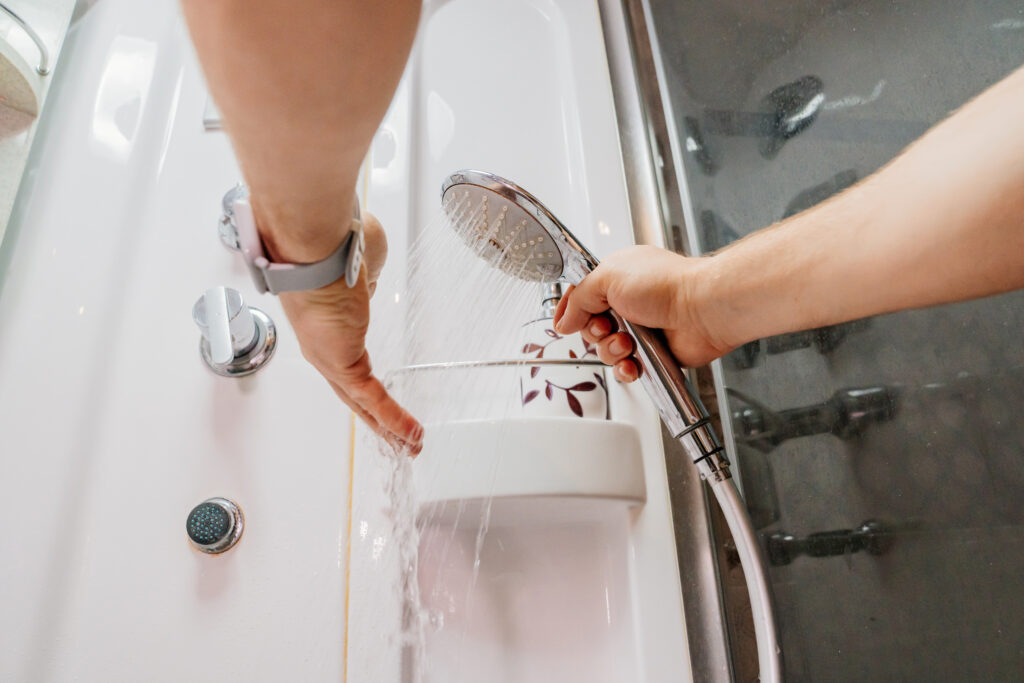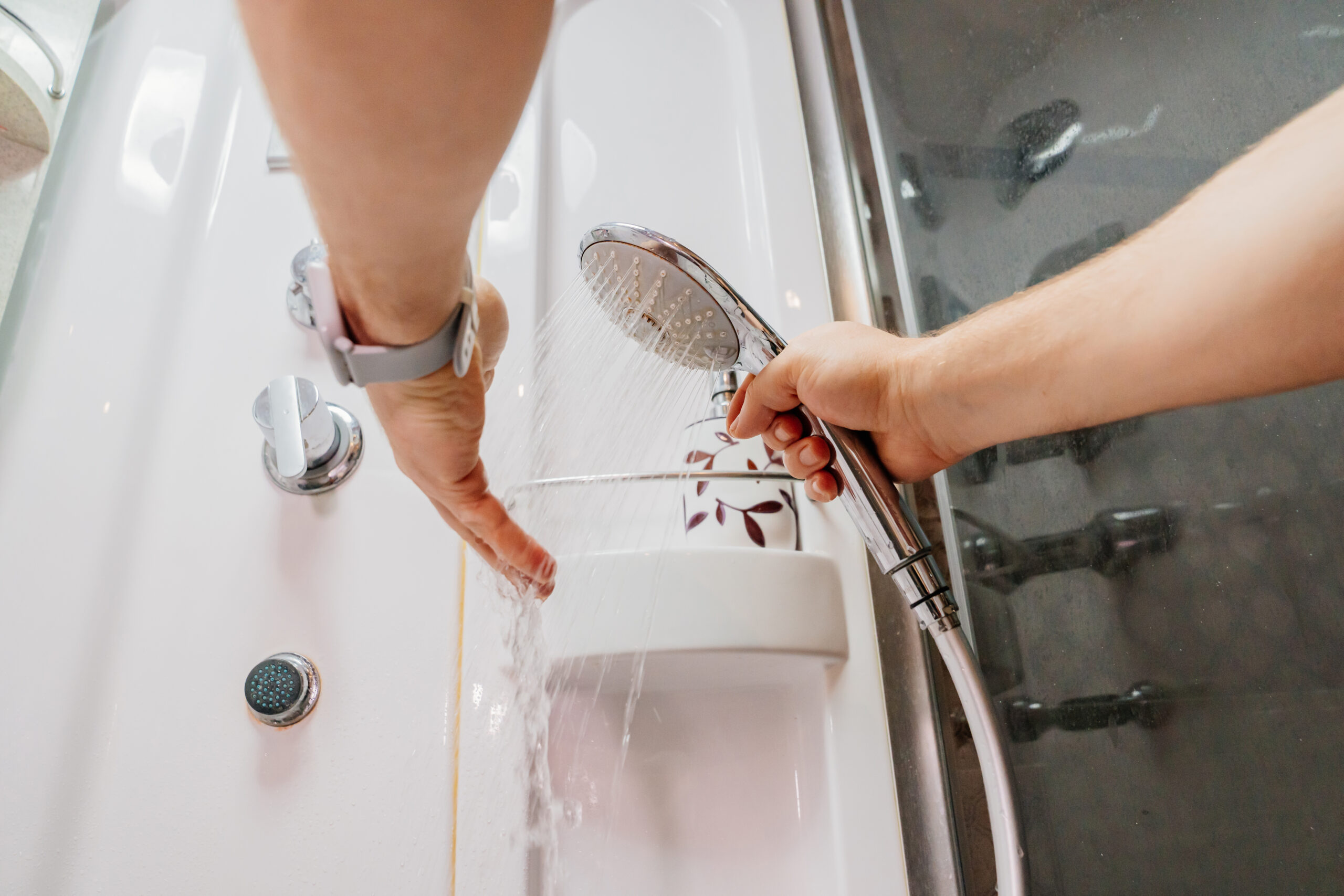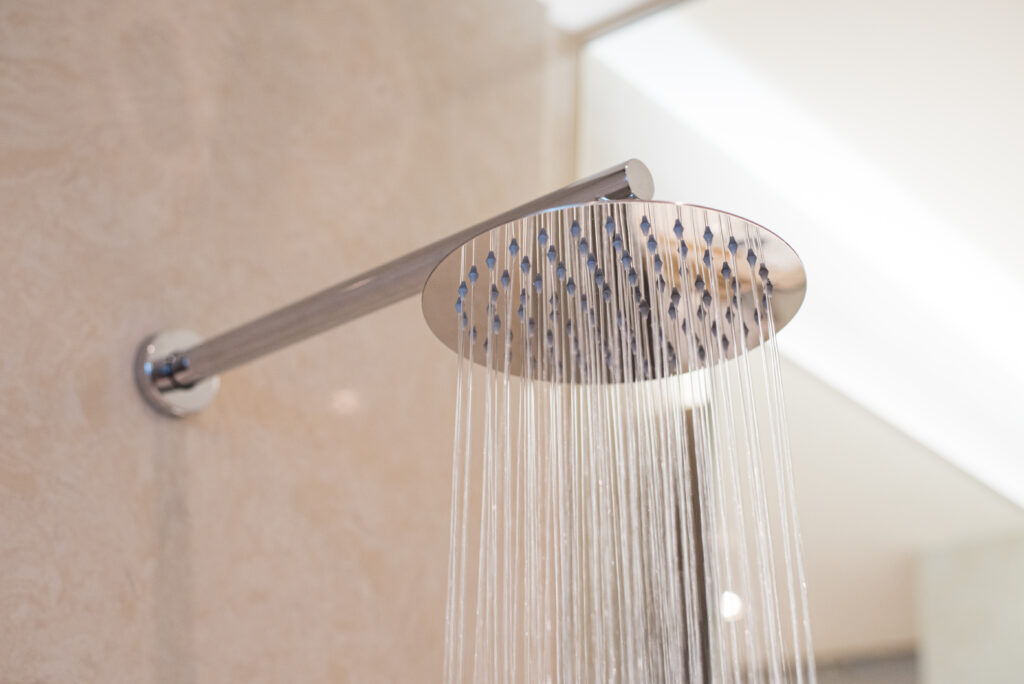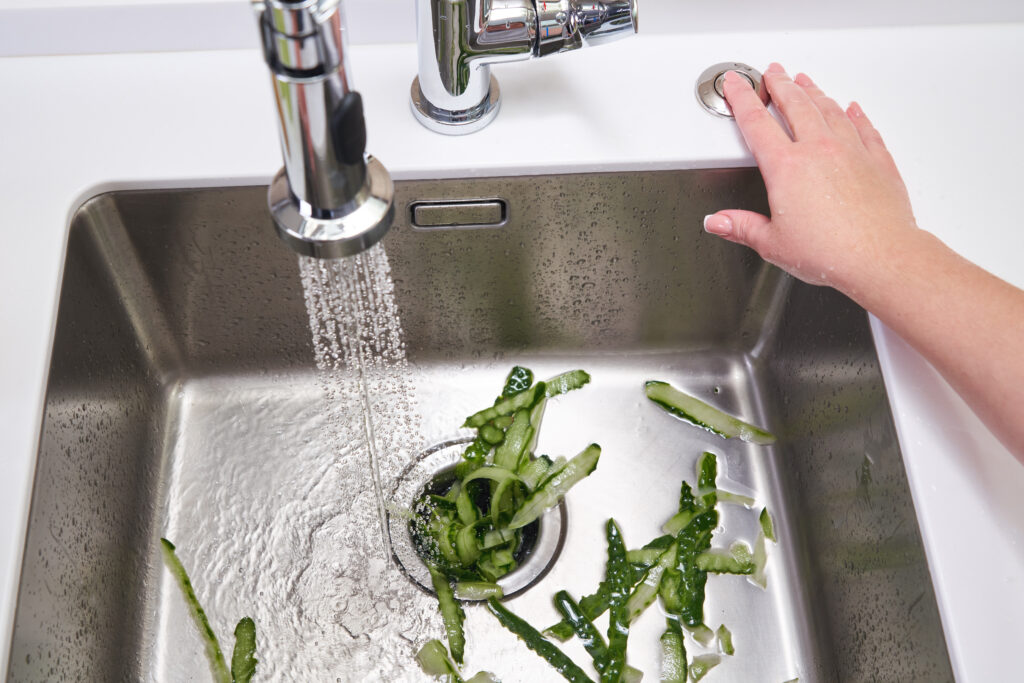Replacing a Shower Diverter: What Every Homeowner Should Know
Quick question—have you ever turned on your shower, expecting that warm rainfall of water from above, only to have it stubbornly keep flowing from the tub spout? You fiddle with that little knob or lever (that sneaky little culprit, the shower diverter), and nothing changes. If this sounds familiar, you’re not alone. The shower diverter is one of those easily overlooked but absolutely essential plumbing components. When it fails, it throws off your daily routine big time. Whether you’re trying to diagnose it, fix it yourself, or wondering if your home warranty has your back, you’ve landed in the right place. Let’s break it down: what it is, how it works, and whether it’s time to DIY—or call in backup.
What Is a Shower Diverter, and Why Should You Care?
A shower diverter is the valve that directs water from the bathtub faucet to the showerhead. It’s usually a knob, lever, or button that you toggle or pull, often located within or near the tub spout or on the faucet handle itself. Think of it as a traffic cop for water—diverting the flow either upward to the showerhead or straight down to fill the tub. Simple idea, yet remarkably important to your comfort and sanity.
The diverter works by closing off a portion of the piping to redirect water. When it’s functioning properly, you don’t even think about it. It’s intuitive: pull the lever, water goes up. But like all mechanical valves that undergo frequent use, diverters wear down over time. And when that starts happening, you’ll either notice water trickling out of the shower head while the tub is filling—or nothing happening at all up top. Really annoying.
How Shower Diverters Work (And Why They Fail)
To be clear, not all diverters are the same. There are a few common types:
First, the most common kind is the tub spout diverter. This is usually a pull-up knob on the tub spout. When pulled, it closes the path to the tub and sends water upward. Then there’s the three-valve diverter, used when there are separate hot and cold knobs. You’ll typically turn the middle knob to divert the flow. Lastly, there’s the two-valve diverter in setups with a single handle—this type typically requires pulling or pushing to redirect flow.
Now, why do they break? Corrosion, mineral buildup from hard water, or just old age. A diverter might stop sealing properly, allowing water to escape through both the tub and shower (super wasteful). Or it might jam completely due to sediment. If it’s worn internally, even the strongest tug or turn won’t get it back in working order. And let’s be honest—no one wants to be mid-shampoo with no water pressure because the diverter flaked out on you.
Should You Replace Your Shower Diverter Yourself?
Replacing a shower diverter is actually a project many semi-handy homeowners can handle. It depends on what kind you have. A tub spout diverter is pretty beginner-friendly. Usually, you’ll unscrew the spout—either by twisting or loosening a set screw underneath—and swap it with a new compatible model. The whole job? Maybe 20 to 30 minutes, assuming no drama.
If you’re dealing with an in-wall valve diverter (especially a three-valve system), that’s a different story. That often requires removing the trim plate and possibly dealing with soldered fittings or cartridge valves. It might also involve turning off the main water supply. Not exactly a relaxing weekend project unless you’re very comfortable with plumbing basics.
Either way, make sure to pick the right replacement hardware. Sounds obvious, but mismatched parts are a common mistake, and nothing ismore frustrating than discovering halfway through you’ve bought the wrong diverter or threaded fitting. Double-check your faucet brand, model, and installation type.
What It Might Cost—and What Your Home Warranty Covers
If you’re not doing it yourself, hiring a plumber to replace a shower diverter typically runs between $150 and $350, depending on the complexity. If more of the internal plumbing needs to be adjusted—say, if the valve body itself is cracked—you could easily double that. That’s where a home warranty could save the day.
In most home warranty policies, plumbing system issues like malfunctioning diverter valves are covered under the plumbing category. It’s one of those little benefits you don’t think about until you actually need it. Armadillo, for example, covers repairs and replacements for internal plumbing components, which includes diverters. So instead of shelling out $300 on a surprise Tuesday, you’d only pay a modest service fee if you’re covered. That predictability is everything when you’re juggling jobs, laundry, and figuring out why the dog just barked at nothing for 10 minutes straight.
Common Issues to Watch For (So You Can Act Fast)
You don’t have to be a pro to spot signs your diverter is on its way out. The most obvious? Water coming out of both the tub faucet and the shower at the same time. That means the diverter isn’t sealing properly. Another red flag: reduced water pressure in the shower when the diverter is engaged, which indicates partial blockage or internal decay. A stubborn handle or knob is also a tell—it shouldn’t take Olympic-level strength to activate it.
If you’re dealing with any of these, it’s time to take quick action to avoid water waste or full failure. Oh—and if you’re hearing an odd hissing noise inside the wall behind the faucet? Turn off the water and call a pro, because that’s not normal and could point to a leak inside the wall. Risky and definitely above DIY grade.
Tips for Picking the Right Replacement Diverter
Okay, so you’re standing in the plumbing aisle or scrolling endlessly online. Here’s what you should look for: match the brand and model if possible. Universal diverters exist, yes, but they’re not always reliable—stick to original manufacturer parts when you can. Choose one with a solid brass mechanism, especially for high-use bathrooms. It’ll last longer and resist corrosion better than plastic internals. And if you’re unsure about installations, opt for a diverter with clear install instructions or a video walkthrough.
Quick heads-up: if the finish matters to match your existing fixtures—brush nickel, chrome, brass—pay close attention. These cosmetic differences don’t affect function but definitely impact the vibe.
Give the Shower Power It Deserves (With a Little Help Backed by a Home Warranty)
A shower diverter may seem like a small plumbing detail, but its failure can throw off the flow (literally and metaphorically) in your home. While the fix is often straightforward, knowing what to do—and when to hand it to a pro—is key. That’s where a solid home warranty partner helps make life smoother.
At Armadillo, we keep the water flowing, the repairs covered, and the unexpected from turning into a big financial headache. Whether it’s a simple diverter replacement or a deeper plumbing issue, we’ve got your back. You can explore more of what we offer on our homepage at armadillo.one, or jump straight to building your custom plan here: Start My Plan. We’re here to turn “Ugh, what now?” into “Handled.”


























